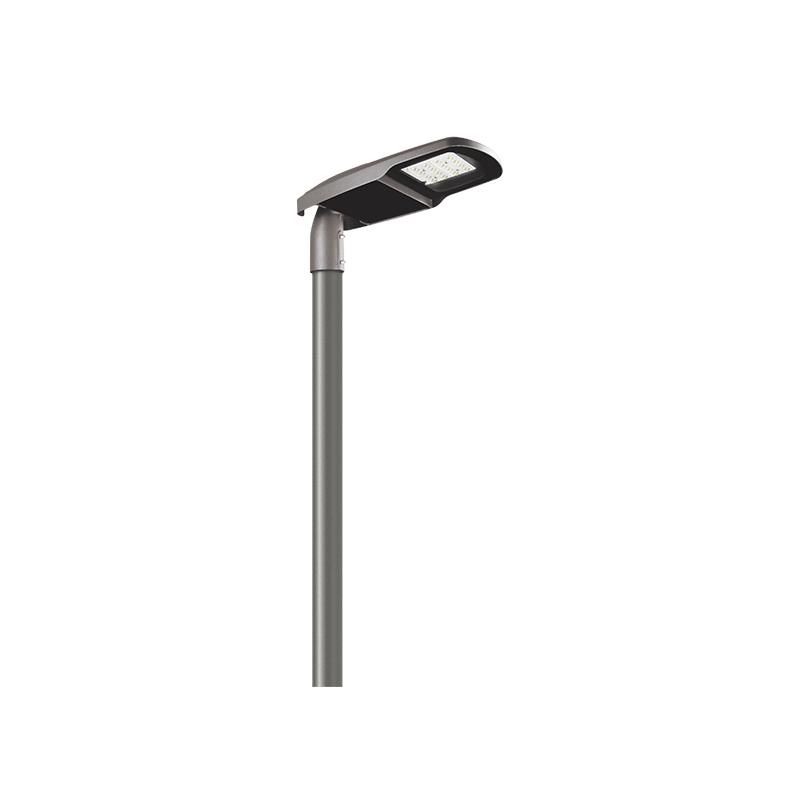LED street light can reduce light spill, which is the unwanted or excessive scattering of light beyond the intended area, through several design features and techniques:
Cut-off Design: Many LED street lights are designed with a "cut-off" or "full cutoff" design, which limits the upward and outward projection of light. This design ensures that the majority of the light is directed downward onto the roadway and sidewalks, rather than into the sky or surrounding areas. Cut-off fixtures are particularly effective at reducing light spill and light pollution.
Precision Optics: LED street lights often incorporate precision optics and lenses that control the direction of light output. These optical components help to focus and direct the light where it's needed while minimizing light scatter and spill. By controlling the light distribution, LED fixtures can significantly reduce light spill.
Shielding Mechanisms: Some LED street lights are equipped with shielding mechanisms such as visors, hoods, or baffles that block light from spreading in unwanted directions. These shields are positioned strategically to prevent light from escaping upward or outward, further minimizing light spill.
Customizable Light Distribution Patterns: LED fixtures are available with different light distribution patterns, such as Type II, Type III, or Type V distributions. These patterns are designed to match specific roadway layouts and lighting requirements. Choosing the appropriate distribution pattern ensures that light is directed precisely where it's needed and reduces spill into undesired areas.


Dimming and Adaptive Controls: Smart LED street lighting systems can be equipped with sensors and adaptive controls that adjust lighting levels based on real-time conditions. During periods of low traffic or when less illumination is required, the lights can be dimmed to further reduce light spill and save energy.
Proper Fixture Placement: Careful planning and placement of LED street light fixtures are crucial for minimizing light spill. Designers consider factors such as mounting height, spacing between fixtures, and the angle of illumination to ensure that light is directed effectively onto the roadway and surrounding areas, with minimal spill.
Light Quality and Color Temperature: LED street lights with warmer color temperatures (e.g., 2700K to 3000K) are less likely to contribute to light pollution and glare compared to cooler color temperatures (e.g., 5000K or higher). Selecting fixtures with appropriate color temperatures can help reduce light spill's visual impact.
Monitoring and Maintenance: Some LED lighting systems include monitoring capabilities that detect when a fixture is malfunctioning or experiencing reduced output. Timely maintenance and repair of malfunctioning fixtures help maintain their effectiveness in minimizing light spill.
By implementing these design features and practices, LED street lights can effectively reduce light spill, which is not only environmentally responsible but also helps improve safety, reduce energy waste, and preserve the quality of the night sky in urban and outdoor environments.


 Español
Español












